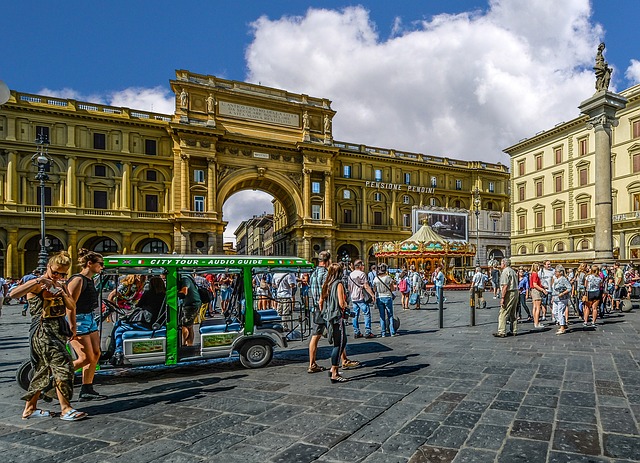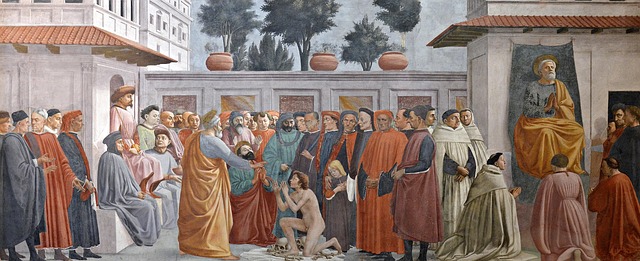Prisons can have mixed effects on local real estate markets, boosting economies and housing demand but also causing displacement and disrupting communities, especially in lower-income areas. Closing or relocating prisons can lead to urban renaissance, with vacated sites transformed into vibrant mixed-use developments that attract investment, stimulate local economies, and create jobs, making them lucrative opportunities for real estate investors. However, integrating prisons as economic hubs presents challenges like public safety concerns and social tensions, requiring strategic growth management and urban planning to balance benefits and drawbacks for sustainable economic growth and positive community impacts.
Prisons, often viewed as symbols of justice, are increasingly recognized for their surprising economic impact. From real estate markets to urban regeneration, these institutions contribute significantly to local economies. This article explores how prisons fuel growth in downtown areas, influence real estate trends, and bring both benefits and challenges to surrounding communities. We delve into the multifaceted role of correctional facilities as economic drivers, shedding light on their transformative effects on regional landscapes.
The Economic Impact of Prisons on Local Real Estate Markets

The presence of prisons can significantly influence local real estate markets, both positively and negatively. In many cases, correctional facilities bring a steady stream of employees into the area, boosting the economy and increasing demand for housing. This can lead to higher property values and a more vibrant rental market as the population expands. Near major prisons, you might find a mix of housing types, from affordable apartments to more upscale homes, catering to various inmate support networks and the prison staff’s diverse income levels.
However, the economic impact isn’t always uniform. The construction and operation of prisons can displace residents, disrupt established communities, and lead to potential declines in nearby real estate values. These effects are often felt most acutely by lower-income neighborhoods. Yet, strategically managed growth around prison locations, combined with proper urban planning, can mitigate these issues and foster a more balanced, sustainable local economy.
How Prisons Drive Downtown Revitalization and Development

Prisons, often seen as institutions of punishment, can inadvertently play a pivotal role in downtown revitalization and real estate development. The closure or relocation of a prison can leave behind valuable land and infrastructure, presenting an opportunity for cities to re-imagine their central areas. This vacuum can spark a chain reaction of positive change, encouraging investment and the return of life to once-neglected urban centers.
The former prison site becomes a blank canvas, ready to be transformed into mixed-use developments that blend residential, commercial, and sometimes recreational spaces. This diverse mix caters to a wide range of residents and workers, fostering a vibrant downtown atmosphere. The influx of new businesses, housing options, and cultural amenities not only boosts the local economy but also attracts tourists, further stabilizing and growing the community’s financial health.
Community Benefits and Challenges: When Prisons Become economic Hubs

Prisons, often viewed as symbols of justice and correction, are increasingly recognized for their significant impact on local economies. Beyond their core function, these institutions can stimulate economic growth through various means. For instance, prisons generate jobs, both directly within their walls and indirectly in surrounding businesses that service them. This includes roles in food services, maintenance, healthcare, and education, providing employment opportunities for locals. The influx of prison construction or expansion also contributes to the real estate market, attracting investments and potentially raising property values in nearby areas.
However, integrating prisons as economic hubs is not without challenges. Community members may face concerns related to public safety and increased surveillance. Additionally, there could be social implications, especially if the prison population includes individuals from diverse backgrounds, which might lead to tension or strain local resources. Balancing these benefits and challenges is crucial for ensuring that the economic opportunities provided by prisons are sustainable and positively impact the surrounding community.






